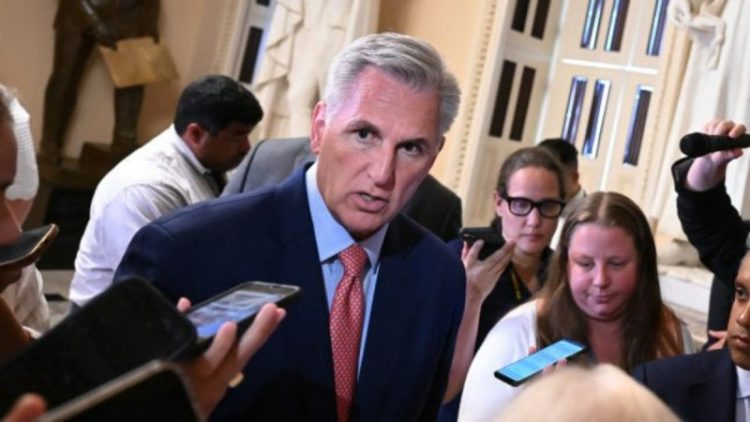
1. Understand the possible consequences. Understand that if the government shuts down, it will cause disruption in services across the board, including some essential services. It can also lead to furloughs or layoffs of federal workers, and can have long-term economic impacts.
2. Analyze the timeline. Track the progress, or lack thereof, of the budget negotiations to help you gauge the likelihood of a shutdown.
3. Know the trigger points. Establish when the government does or doesn’t need to come to a budget agreement to avoid a shutdown.
4. Collect information. Track opinions from political leaders and analysts on if and how a shutdown can be avoided, and stay informed about legislative proposals and which points remain sticking points.
5. Be prepared to act. As the negotiations move forward, have a plan in place for how you might respond if a shutdown happens, and how you can participate in negotiations or othergovernment activities, if necessary.
6. Understand the history. Have an understanding of how previous shutdowns have played out so that you can more accurately anticipate how this time could be similar or different.









